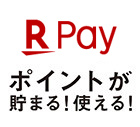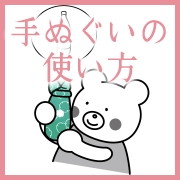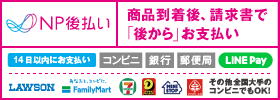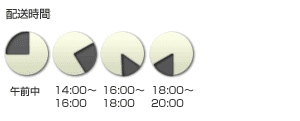手ぬぐいの使い方 その二 「アイロン当て布」 <2. As a pressing cloth>
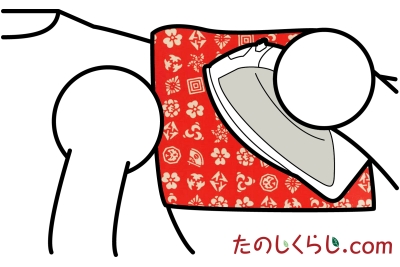
当時は、ガーゼや包帯などの役割から、現代のタオルや台拭や雑巾やハンカチなどの役割も担い、そのほかには縁起物としての贈答品や配り物としても使われ、本来の汗や水の吸水の目的だけでなく様々な用途の広がりをみせていきました。
ここでは、「手ぬぐいの使い方」として、現代での使い方をイラスト入りでご紹介していきます。
その二は "アイロンの当て布" です!
アイロンがけをするとき、テカリや傷みを抑えるために使う当て布。薄手の木綿生地で出来ている手ぬぐいはアイロンをかけるときの当て布に最適です。白地や淡い色の手ぬぐいを使うと尚良し。
大切な衣類のテカリを抑える、 "アイロンの当て布" です(^^)
In Japanese history, the tenugui (Japanese towel) was originally used approximately between 700s and 1100s A.D. (Nara & Heian era in Japan). At that time, the tenugui was only available for people of high social status, because cloth was a valuable item. After the late 1100s (during the Kamakura era), the tenugui gradually became available to commoners. In the 1600s, when cotton farming developed, the tenugui, as well as cotton fabric, became a common item for people in Japan.
Since then, tenugui usage has expanded from as a simple towel to absorb liquid to as a gauze bandage and a gift and giveaway item.
Below are some examples of how to use the tenugui during modern times (with illustrations):
<2. As a pressing cloth>
Because it is thin and made with cotton, the tenugui can be a great pressing cloth assisting in avoiding damage and shine on garment when ironing. Tenugui that is lighter in color or white is best.



